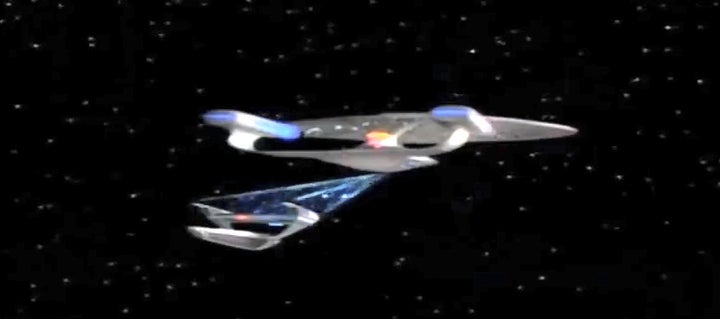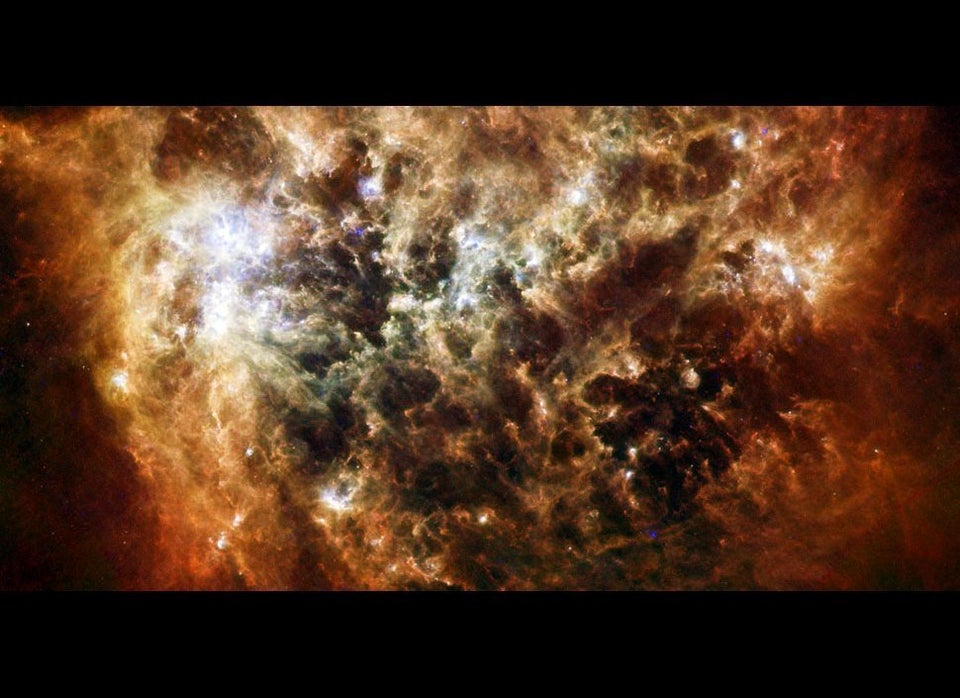
It may still be a few years away from practical use, but scientists have created a real tractor beam, like the ones featured in the "Star Trek" TV series and movies.
Simply put, this technology utilizes a beam of light to attract objects, according to the University of St. Andrews in Scotland. In "Star Trek," tractor beams were often used to pull spaceships and other objects closer to the focal point of the light source attached to another ship.
Researchers at St. Andrews and the Institute of Scientific Instruments, or ISI, in the Czech Republic have figured out a way of generating an optical field that can reverse the radiation pressure of light.
German astronomer Johannes Kepler noticed in 1619 that comet tails point away from the sun, a radiation force that the St. Andrews and ISI team hoped to reverse.
According to the BBC, Pavel Zemanek of ISI said, "The whole team have spent a number of years investigating various configurations of particles delivery by light. I am proud our results were recognised in this very competitive environment and I am looking forward to new experiments and applications. It is a very exciting time."
This clip from "Star Trek: The Next Generation" features portable and ship-sized tractor beams
So far, based on their research findings published in Nature Photonics, the team is able to move tiny particles, on a microscopic level.
Team leader Tomas Cizmar, of the St. Andrews School of Medicine, said the new technology has great potential.
"The practical applications could be very great, very exciting," Cizmar told the BBC. "The tractor beam is very selective in the properties of the particles it acts on, so you could pick up specific particles in a mixture. Eventually, this could be used to separate white blood cells, for example."
While the researchers hope this tractor beam technology will be useful in the medical field, they don't anticipate it can ever be used to capture and haul large objects like spaceships.
"Unfortunately, there is a transfer of energy. On a microscopic scale, that is OK, but on a macro scale, it would cause huge problems," said Cizmar.
"It would result in a massive amount of heating of an object, like a space shuttle. So trapping a spaceship is out of the question."
Tractor beam concepts have been experimented with before.
In 2011, a NASA-funded study examined how special laser beams might be used to capture and gather sample materials on unmanned, robotic space missions, Space.com reported.
"Though a mainstay in science fiction, and 'Star Trek' in particular, laser-based trapping isn't fanciful or beyond current technological know-how," Paul Stysley of NASA's Goddard Space Flight Center said at the time.
And in 2012, New York University physicists David Ruffner and David Grier developed a way to use special lasers, called Bessel beams, to direct light in concentric circles at an object -- albeit a 1.5-micrometer silica sphere -- and the beams could then reconstruct themselves on opposite sides of the sphere, making it possible to pull the object back to the source of the beams.
The only problem with this theory is that, like the current tests by the scientists at St. Andrews and ISI, applying these techniques to move very large objects isn't practical yet -- the huge energy requirements to make it work would destroy the objects trying to be pulled.

